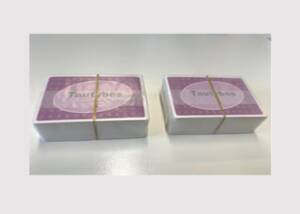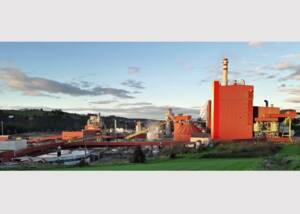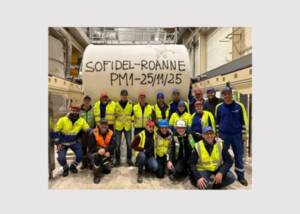Annual balance sheet of the corrugated board industry: new cost records and threatening discrimination against corrugated board
News General news
Industry association criticises EU Commission's draft regulation

In 2022, the German corrugated board industry was once again confronted with unprecedented cost pressures. Due to a considerably cooled consumer climate, the industry also had to accept a drop in sales. A draft for a new packaging regulation currently being discussed at EU level also threatens to put corrugated board at a disadvantage in future, according to the Verband der Wellpappen-Industrie e.V. (VDW).
"2022 was marked by market distortions as a result of the Russian war against Ukraine, the energy crisis and an increasingly deteriorating consumer climate. The corrugated board industry was hit correspondingly hard by the development, as more than two-thirds of all goods transported in Germany are packaged in corrugated board", explained VDW Chairman Dr. Steffen P. Würth at the association's annual press conference.
In terms of volume sales, the companies organised in the VDW recorded 8,029 million square metres in 2022, a decline of 635 million square metres compared to the previous year. This corresponds to a minus of 7.3 percent. "When making this comparison, it must certainly be taken into account that in 2021 we had achieved an even stronger increase in sales in terms of volume. Nevertheless, it means that in 2022 existing capacities in our high-performance industry remained unused," adds Würth.
At the same time, the corrugated board industry was confronted with new record levels in paper prices in 2022. After the cost of the industry's most important raw material had already climbed dramatically in 2021, corrugated base paper became more expensive by a further 11.2 per cent from January to June 2022. This was followed by an extremely high plateau phase that lasted until October. Only then did the price level begin to fall - but in December 2022 it was still 40.8 percent above the last low point in September 2020. "This meant that the cost pressure on corrugated base paper in 2022 as a whole remained at a level that can only be seen as a massive burden for our industry," emphasises the VDW chairman. Added to this were the price effects of the energy crisis. The Federal Statistical Office's producer price index for gas sold to industry climbed by 104 percent from March to September alone, exacerbating the situation for the corrugated board industry.
In terms of average revenues, the industry was able to record an increase of 17.9 cents per square metre to an average of 75.7 cents per square metre in 2022 compared to the previous year, which corresponds to an increase of 31 per cent. In terms of turnover, the corrugated industry achieved an increase of 21.3 per cent in 2022 due to the higher revenues. "However, these positive developments in average revenues and sales could by no means compensate for the extreme cost pressure on corrugated base paper and energy supply," Würth summarises.
The association is also critical of the regulations relevant to corrugated board in the draft of the European Packaging Regulation, which is currently being discussed at the EU level. The VDW chairman emphasises that the industry expressly supports important overriding objectives of the draft: "Corrugated board packaging is closed-loop packaging. With an average recycling share of over 80 per cent in our products, our industry is even significantly dependent on a successfully functioning materials cycle. And the VDW members have also been pursuing the strategy of ever more economical use of materials with packaging that is ever more precisely tailored to the goods for a long time." However, the VDW rejects the mandatory reusable quotas envisaged in the draft - 90 percent for transport packaging for large household appliances from 2030 and 50 percent for e-commerce packaging from 2040. "For us, the studies clearly show that blind quota requirements cannot be the solution. In practice, they could even force packaging industries to use a less sustainable option. In two recent studies on e-commerce and transport packaging, corrugated board was able to prevail over reusable packaging in concrete comparative cases. Against this background, we consider the recurring claim that reusable is always the ecologically better choice to be a myth," explains Würth.
In addition to the quotas mentioned, the EU Commission is seeking a general ban on fruit and vegetable packaging up to 1.5 kilograms, which would also affect corrugated board. "Here, recyclable corrugated cardboard packaging is being lumped together with disposable plastic based on fossil raw materials in a completely undifferentiated manner. Corrugated board, however, stands out from the rest due to its decisive advantages, namely a vegetable raw material base, an average recycling share of more than 80 per cent and more than 20 recycling cycles. The entire paper, board and cardboard sector can boast a recycling rate of around 80 per cent. We therefore see an urgent need to exempt corrugated board from this planned regulation", demands the VDW Chairman.










